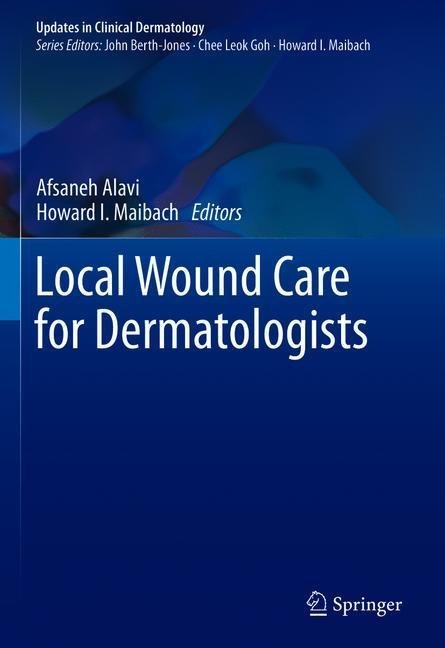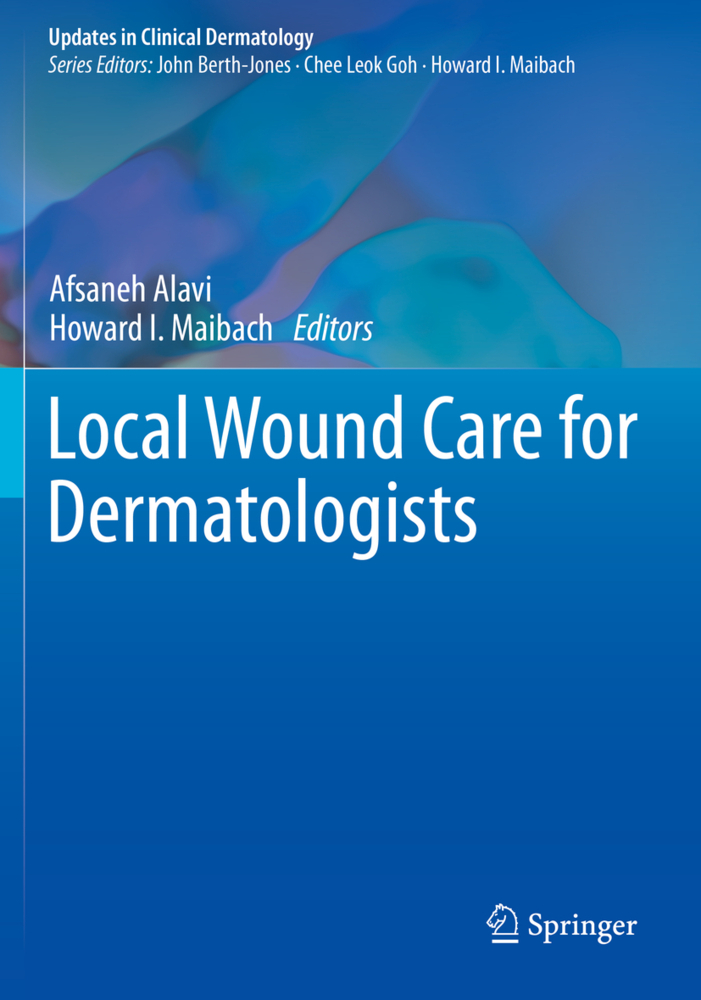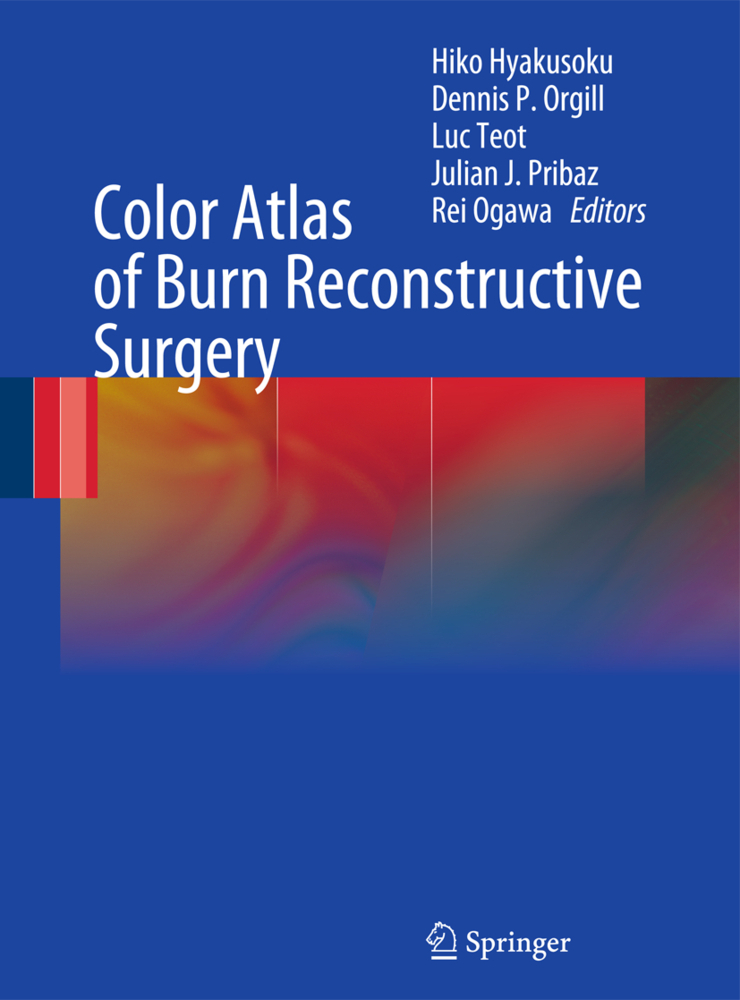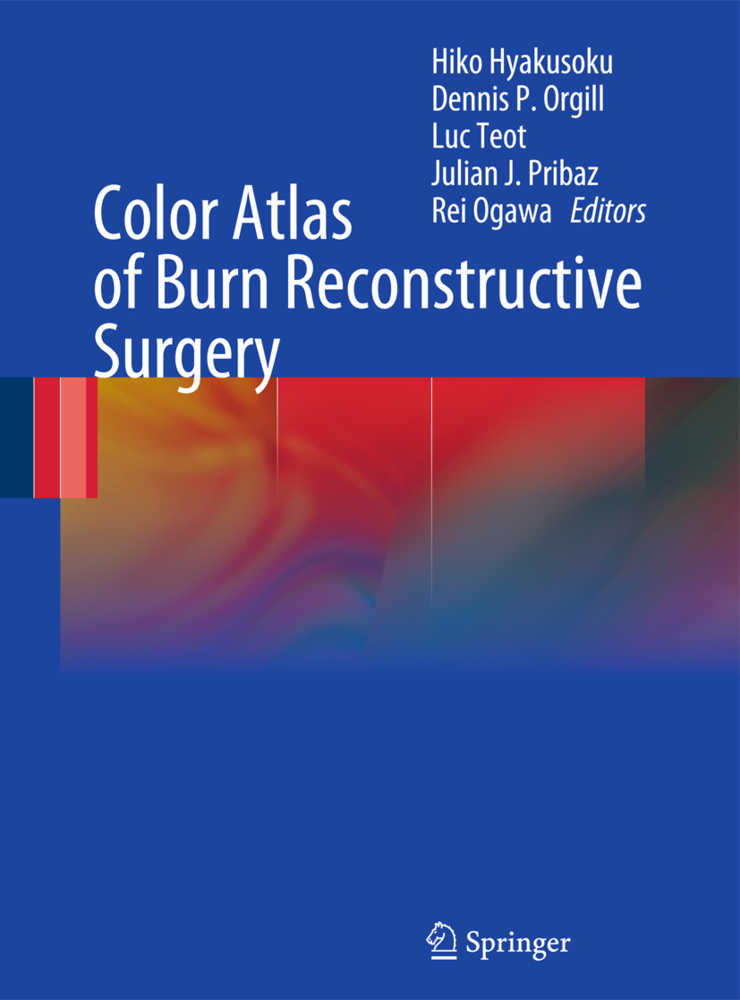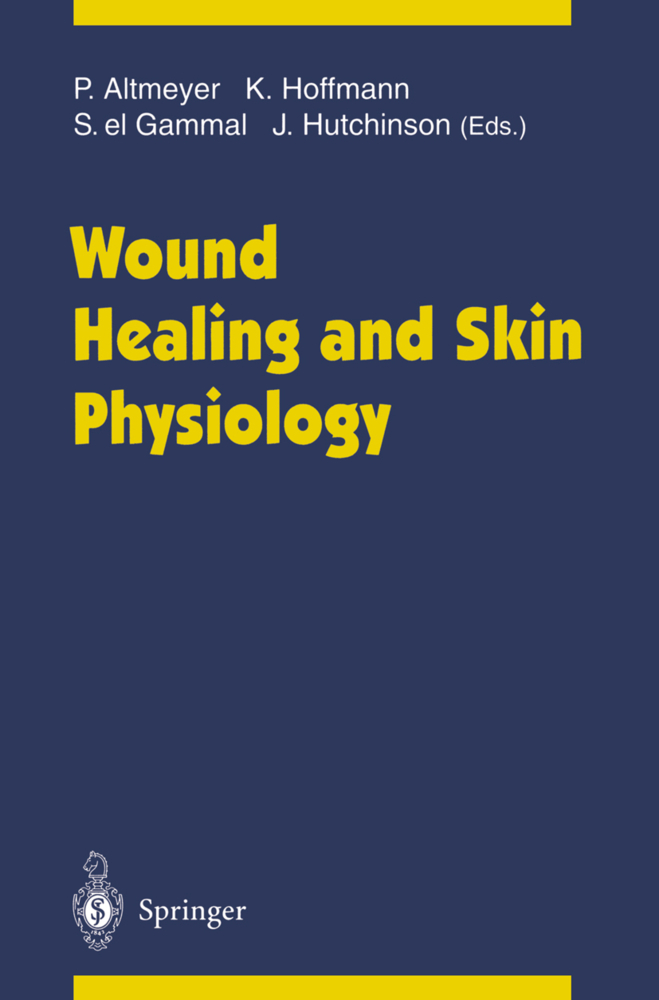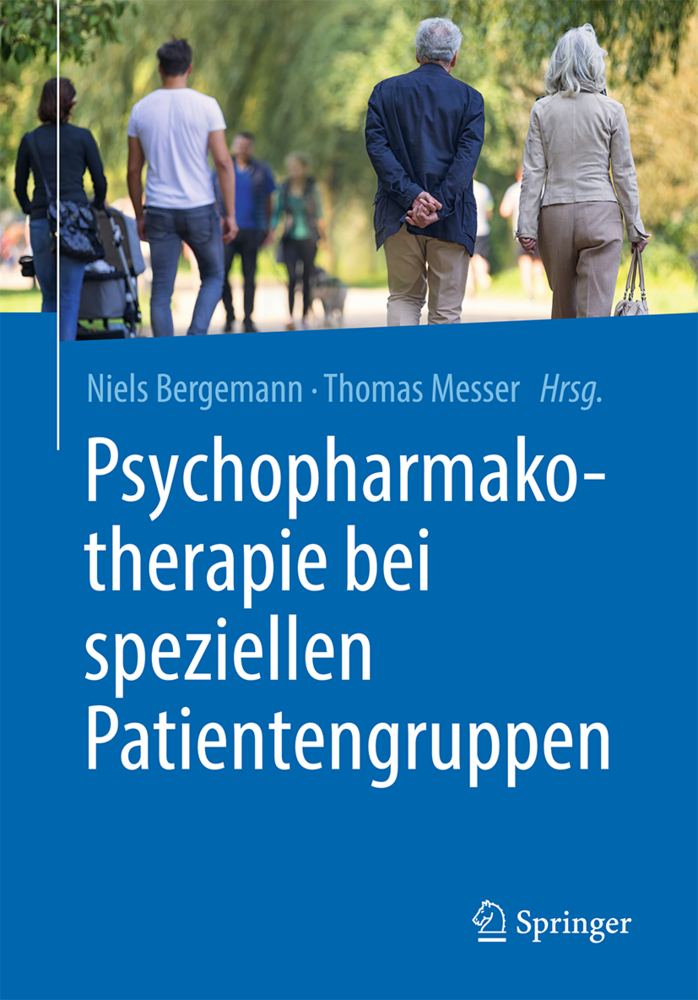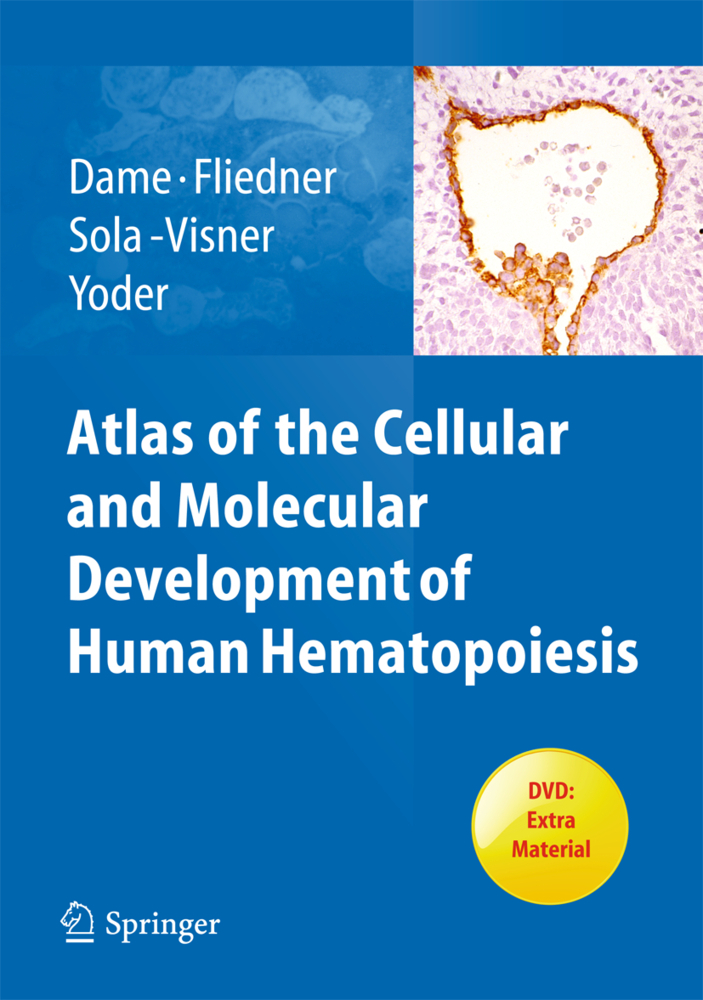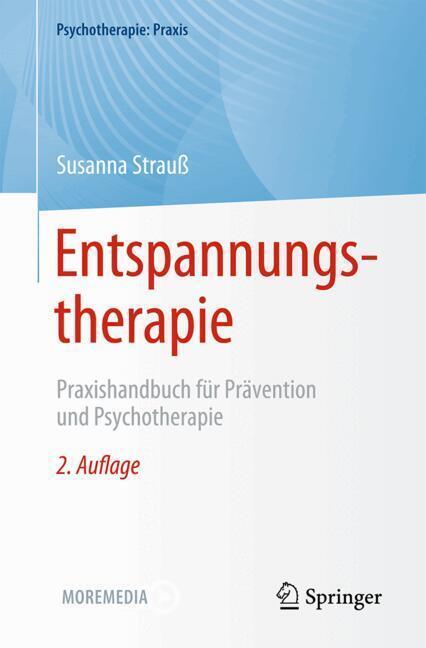Afsaneh Alavi, MD
University of Toronto
Women's College Hospital
Toronto , ON , Canaada
Howard I. Maibach, MD
University of California, San FranciscoSchool of Medicine
Department of Dermatology
San Francisco, CA
SERIES EDITORS:
Dr. John Berth-Jones is a Consultant Dermatologist at University Hospitals Coventry and Warwickshire NHS Trust and Specialist Registrar in Dermatology Norfolk and Norwich University Hospitals Norwich, UK.
Dr. Chee Leok Goh is a top Consultant Dermatologist, Professor and Adjunct Professor at the National Skin Centre Faculty of Medicine, National University of Singapore, Duke- NUS Graduate Medical Centre, Singapore. Dr Goh's expertise includes Dermatology, Contact and Occupational Dermatology, Aesthetic Dermatology, Cutaneous Lasers, Pigmentation Disorders, Dermatitis, Aqua Vulgaris, Urticaria, Photo-aging skin changes, Drug eruptions, Skin infections, Hair fall, Psoriasis, Immunobulous disorders, Hemangioma and portwine stains, Contact and Occupational Dermatitis etc.
Dr. Howard Maibach is an expert in contact and occupational dermatitis and sees patient at the Environmental Dermatosis Clinic, which is part of the Dermatology Clinic. His specialty is dermatotoxicology, or skin exposure toxicity; allergies and skin disorders; and dermatopharmacology or the study of medications for skin disorders. Dr. Maibach has been on the editorial board of more than 30 scientific journals and is a member of 19 professional societies including the American Academy of Dermatology, San Francisco Dermatological Society and the Internal Commission on Occupation Health. He is a professor in the Department of Dermatology at UCSF.
1;Preface;6 1.1;Acknowledgments;7 2;Acknowledgments;8 3;Contents;9 4;Contributors;11 5;1: The Basic Principles in Local Wound Care;14 5.1;Wound Healing;14 5.2;The Wound Bed Preparation;15 5.2.1;Tissue Debridement;16 5.2.2;Infection;16 5.2.3;Moisture Balance;16 5.2.4;Epithelial Edge;16 5.3;Summary;16 5.4;References;17 6;2: Skin pH, Epidermal Barrier Function, Cleansers, and Skin Health;18 6.1;Environmental pH;18 6.2;pH and Water;19 6.3;Skin pH Age and Racial Variations;19 6.3.1;Stability of Skin pH;20 6.3.2;Skin pH and Epidermal Barrier Function;20 6.3.2.1;Filaggrin;20 6.3.2.1.1;SC Lipid-Processing Enzymes;21 6.3.2.1.2;SC Serine Proteases;21 6.3.2.2;Skin Microbiome;21 6.4;pH and Wound Healing;22 6.5;pH and Skin Cleansers;22 6.6;Summary;23 6.7;References;23 7;3: Chronic Wounds and Infections;26 7.1;Introduction;26 7.2;Basic Approach to Wounds;27 7.3;Types of Wounds;27 7.3.1;Chronic, Are Commonly Divided into Typical or Classic Wounds and a Less Common Group Known as Atypical Wounds (Table 3.1);27 7.3.2;Leg Ulcers - Venous, Arterial;30 7.4;Atypical Wounds;31 7.4.1;From Contamination to Infection;31 7.4.2;Infections;32 7.4.3;Wound Sampling;34 7.5;Conclusion;34 7.6;References;34 8;4: Wound Dressings;37 8.1;Attributes of an Ideal Dressing;39 8.2;Wound Cleansing;39 8.3;Dressing Categories;40 8.3.1;Skin Protectants;40 8.3.1.1;Gauze and Cover Dressings;41 8.3.1.2;Contact Layers;41 8.3.1.3;Transparent Film Dressings;41 8.3.1.4;Hydrogel Dressings;42 8.3.1.5;Hydrocolloid Dressings;42 8.3.1.6;Calcium Alginate Dressings;42 8.3.1.7;Gelling Fiber Dressings;43 8.3.1.8;Foam Dressings;43 8.3.1.9;Collagen Dressings;43 8.3.1.10;Composite Dressings;44 8.3.1.11;Superabsorbent Dressings;44 8.4;Concentrated Surfactant Gel;44 8.5;Summary;44 8.6;References;45 9;5: The Use of Antiseptic and Antibacterial Agents on Wounds and the Skin;47 9.1;Introduction;47 9.2;Wound Classification for Healability;48 9.3;NERDS Criteria for Local Infection;49 9.3.1;Topical Antimicrobial Dressings;49 9.3.2;Polyhexamethylene Biguanide (PHMB) Topical Dressings;50 9.3.3;Ionized Silver-Based Dressings;51 9.3.4;Iodine-Based Dressings;55 9.3.5;Methylene Blue and Gentian Violet Foam Dressings;56 9.3.6;Honey Dressings;56 9.4;Surfactants and Biofilms;57 9.5;Topical Antiseptic Agents;57 9.6;Moisture-Balance Dressings;58 9.6.1;Hydrogels;59 9.6.2;Films;60 9.6.3;Hydrocolloids;60 9.6.4;Hydrofibers;61 9.6.5;Calcium Alginates;61 9.6.6;Foams;61 9.6.7;Superabsorbents;62 9.7;Summary;62 9.8;References;62 10;6: Topical Anti-inflammatory Agents in Wound Care;65 10.1;Introduction;65 10.2;Corticosteroids;67 10.3;Retinoids;67 10.4;Protease Modulating Matrix;67 10.5;References;68 11;7: Wound Dressing Allergic Contact Dermatitis: Epidemiology and Management;70 11.1;Introduction;70 11.2;Current Literature;71 11.3;Larger Prospective Studies;71 11.4;Discussion;73 11.5;Additional Suggestions;75 11.6;Patch Testing Caution;76 11.7;Extracting the Allergen (for the Experimentally Minded Physician);77 11.8;Treatment;77 11.9;References;78 12;8: Vascular Studies for Nonvascular Surgeons;80 12.1;Background;80 12.2;Arterial Vascular Studies: Macro-vascular Tests;81 12.2.1;The Ankle-Brachial Pressure Index (ABPI), Toe Pressure (TP), and Toe Brachial Index (TBI);81 12.2.2;Skin Perfusion Pressure;82 12.2.3;Doppler Arterial Waveforms;84 12.2.4;Duplex Ultrasonography;84 12.2.5;Angiography;85 12.3;Microvascular Tests (Microcirculation Assessment): Transcutaneous Oxygen Saturation;86 12.4;Venous Studies;87 12.4.1;Venous Doppler;87 12.4.2;Color Flow Duplex Ultrasonography;87 12.4.3;Venography;88 12.5;Summary;88 12.6;References;90 13;9: Compression Therapy;93 13.1;Introduction;93 13.2;Compression Therapy: Mechanism of Action;93 13.3;Compression Pressure;94 13.4;Compression Modalities;94 13.4.1;Compression Stockings;94 13.4.2;Compression Bandages;96 13.5;Compression Devices and Garments;98 13.5.1;Pneumatic Pumps;98 13.5.2;Compression Garments;98 13.6;Adherence to Compression Therapy;98 13.7;Contraindications to Compression
Alavi, Afsaneh
Maibach, Howard I.
| ISBN | 9783030288723 |
|---|---|
| Artikelnummer | 9783030288723 |
| Medientyp | E-Book - PDF |
| Copyrightjahr | 2020 |
| Verlag | Springer-Verlag |
| Umfang | 211 Seiten |
| Sprache | Englisch |
| Kopierschutz | Digitales Wasserzeichen |

